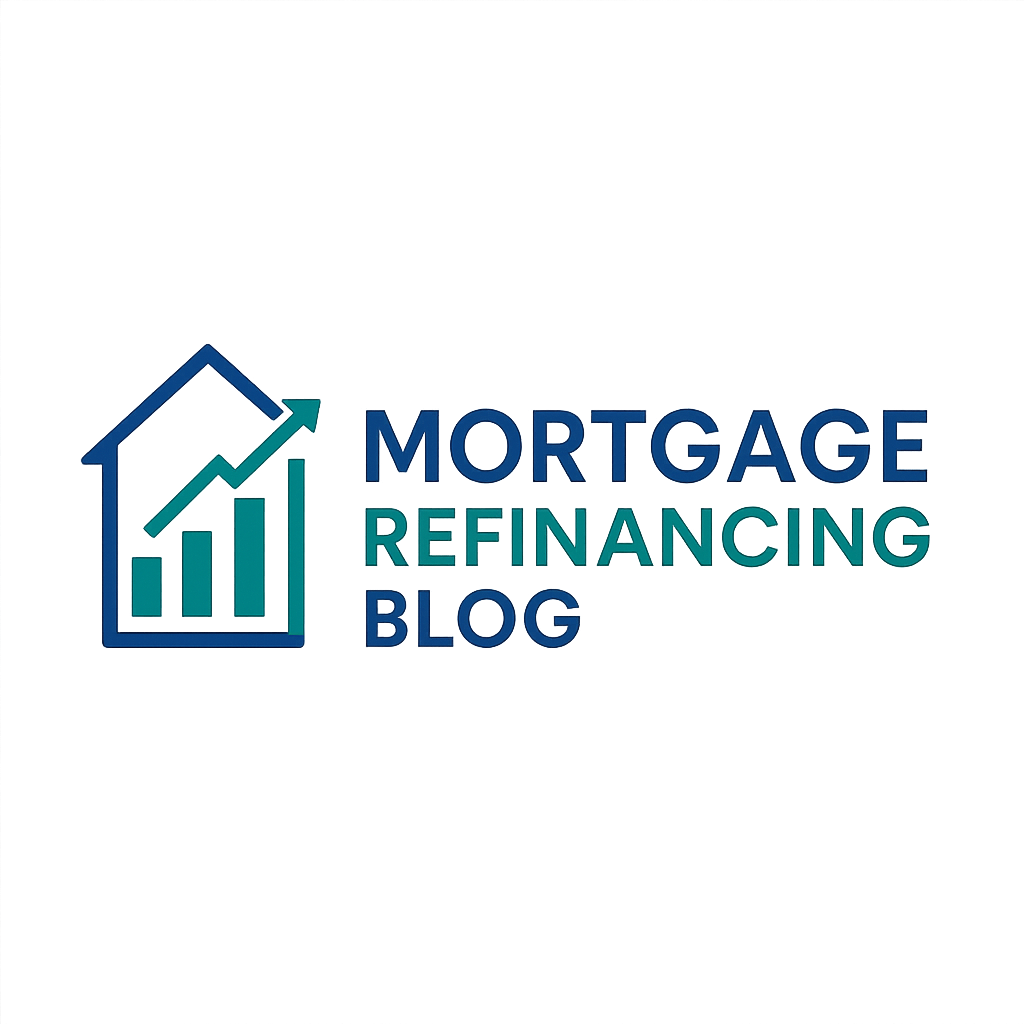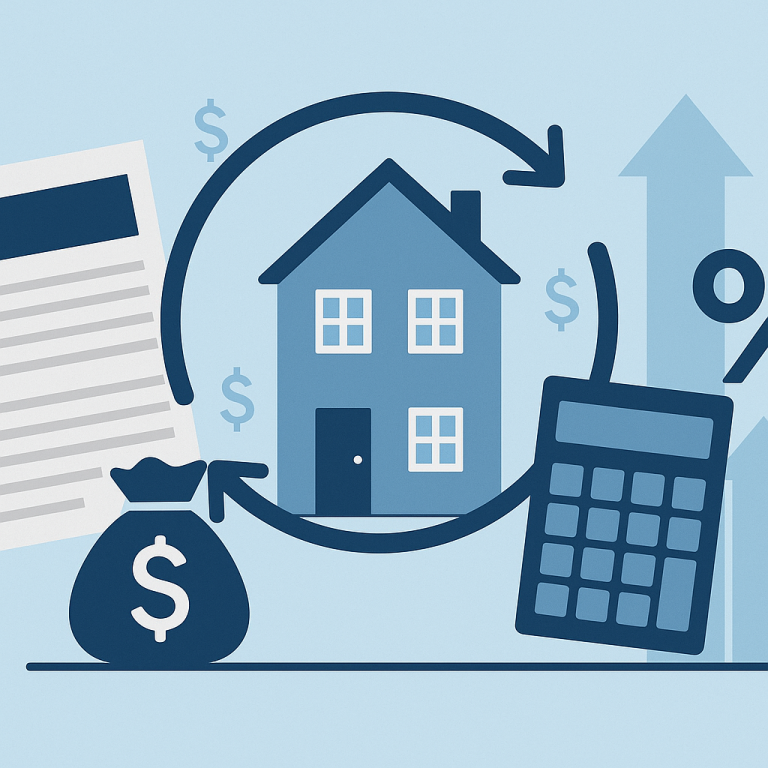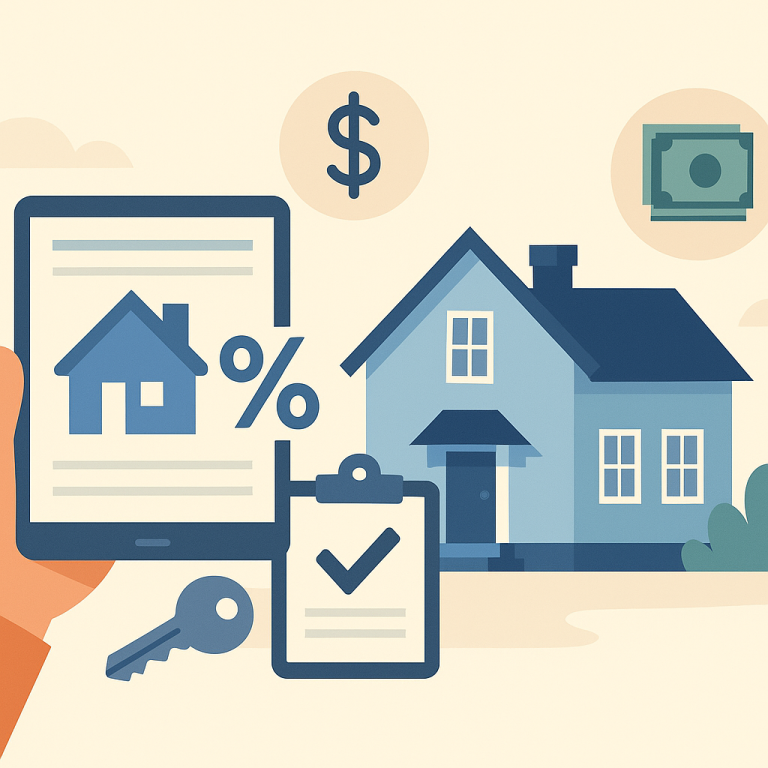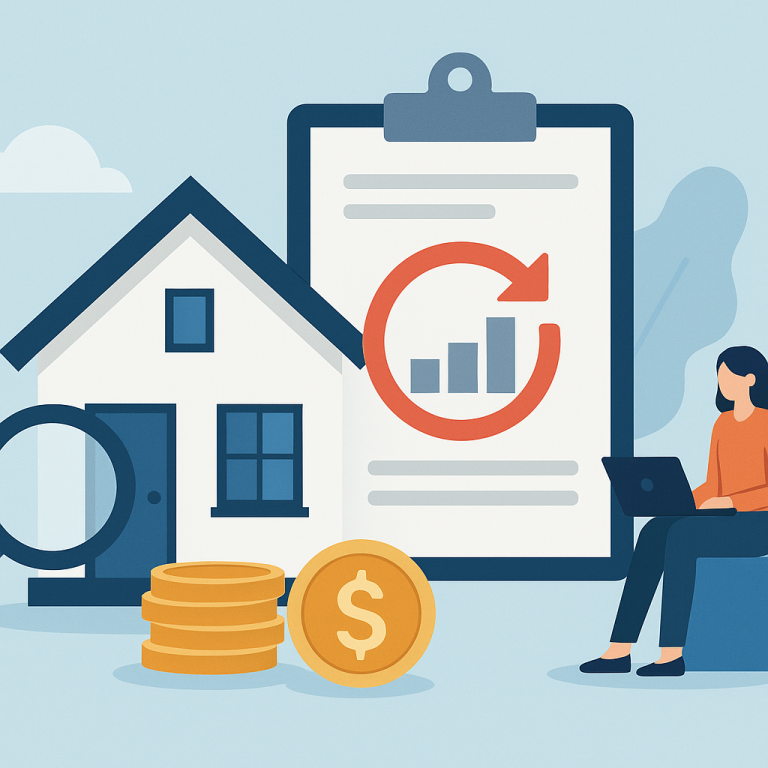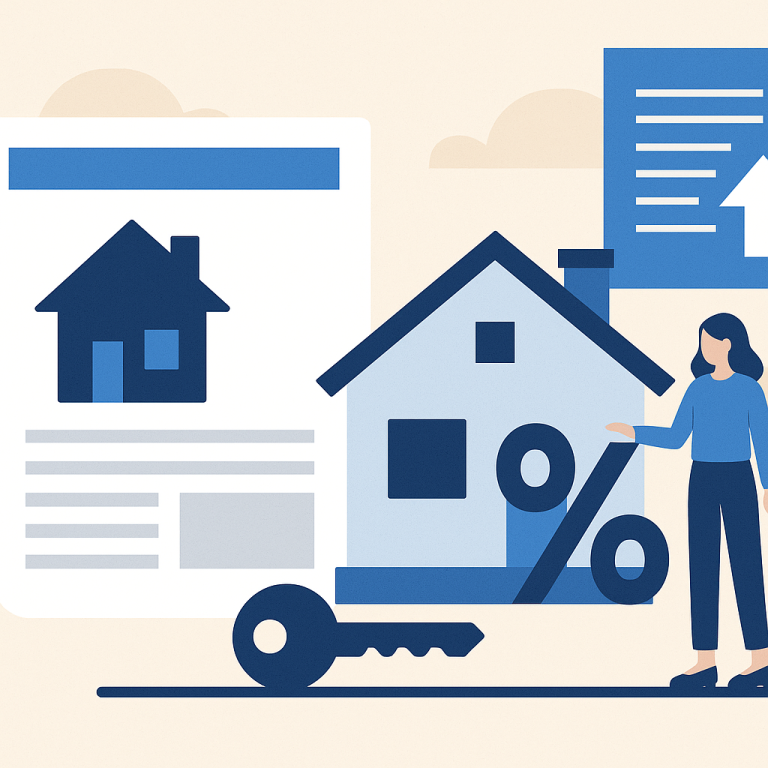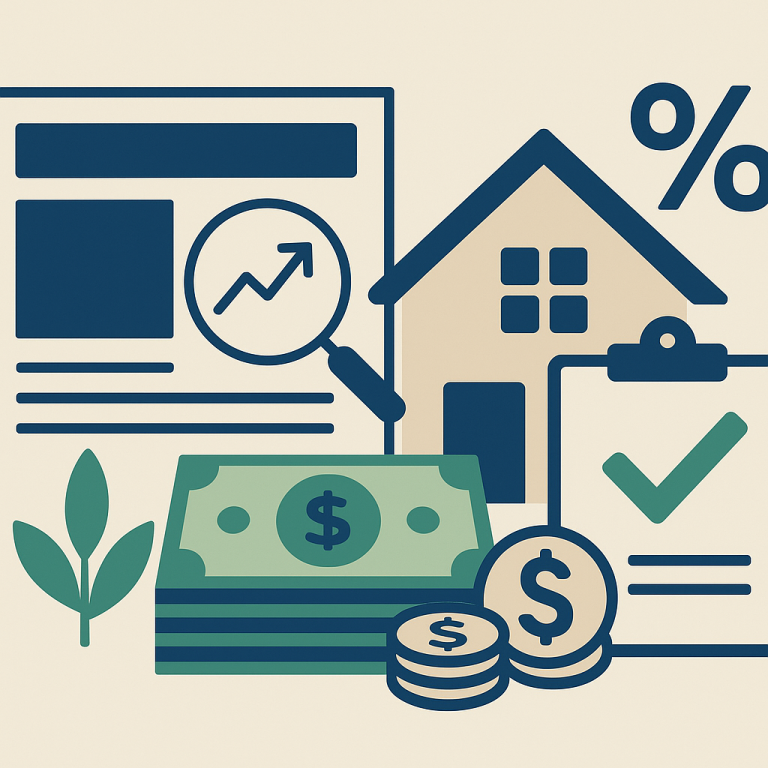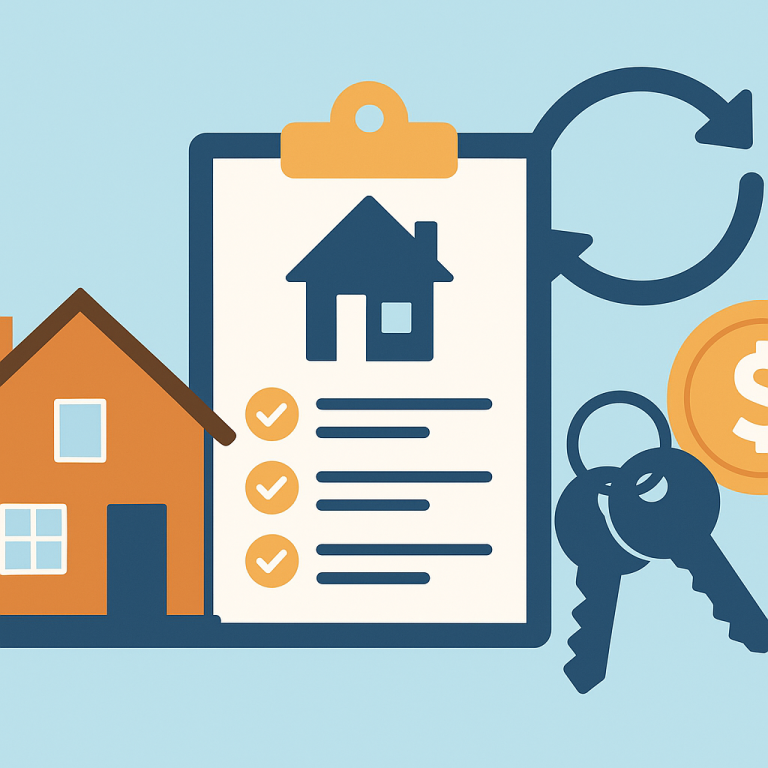Refinance guide refinance documents checklist for W-2 and 1099 borrowers
Refinance Documents Checklist for W-2 and 1099 Borrowers
Refinancing your mortgage can lower your rate, shorten your term, or pull cash out of your home. Lenders verify income, assets and property details before approving a refinance. The documentation differs for W-2 employees (traditional payroll) and 1099 earners (independent contractors, freelancers, and many business owners). This checklist explains what lenders typically require, when refinancing makes sense, benefits and drawbacks, typical costs, the step-by-step process, common pitfalls, and a short FAQ.
What a Refinance Documents Checklist Is — and When It Makes Sense
A refinance documents checklist is a list of paperwork lenders require to evaluate your creditworthiness and the property’s value. It helps you gather everything upfront so the loan moves smoothly.
Refinancing makes sense when:
- Your interest rate is substantially lower than your current rate.
- You want to switch from an adjustable-rate to a fixed-rate mortgage or shorten the loan term.
- You need to consolidate debt or access home equity with a cash-out refinance.
- You want to remove a borrower from the loan (subject to lender rules and borrower eligibility).
Essential Documents — W-2 Borrowers
- Government-issued photo ID (driver’s license or passport) and Social Security number.
- Recent pay stubs covering the most recent 30 days.
- W-2 forms for the last two years.
- Federal tax returns (1040s) for two years if requested (some streamlined programs rely on W-2s and pay stubs alone).
- Bank statements for the last two to three months to document assets and reserves.
- Most recent mortgage statement and proof of homeowners insurance.
- Property tax bill and HOA dues statements (if applicable).
- Credit authorization and signed 4506-T (lender will request tax transcripts in many cases).
- Documentation of any other income (alimony, bonuses, rental income) as applicable.
Essential Documents — 1099 / Self-Employed Borrowers
- Government-issued photo ID and Social Security number.
- Federal tax returns (personal 1040s) for the last two years with all schedules—especially Schedule C for sole proprietors, Schedule E for rental income, and K-1s for partnerships/S-corporations.
- All 1099 forms received in those two years (1099-NEC, 1099-MISC, etc.).
- Profit & loss statement and balance sheet—year-to-date and often for the prior year; some lenders want a CPA-prepared statement.
- Business bank statements and personal bank statements for two to three months.
- Signed 4506-T for tax transcripts.
- Business licenses, articles of incorporation, or proof of business existence if requested.
- Same property documents as W-2 borrowers: mortgage statement, homeowners insurance, tax statements, HOA documentation.
Benefits and Drawbacks
Benefits
- Lower monthly payments or a lower interest rate can save thousands over the life of the loan.
- Switching to a shorter term accelerates equity build-up and reduces interest paid.
- Cash-out refinancing can consolidate high-interest debt or fund home improvements.
Drawbacks
- Upfront costs and fees can offset savings if you keep the loan only a short time.
- Extending the loan term may increase total interest paid.
- Self-employed borrowers might qualify for less favorable rates or need non-QM options if income is inconsistent.
Typical Costs and Fees
Refinance costs vary by lender and location, but common items include:
- Application/processing fee: $75–$500 (sometimes rolled into closing).
- Appraisal: $300–$700 (higher for larger or complex properties).
- Credit report: $30–$50 per borrower.
- Origination fee/points: 0.5%–1.5% of loan amount (or more, depending on lender and rate).
- Title search/insurance and escrow fees: typically 0.5%–1% combined.
- Recording fees and local transfer taxes: varies by jurisdiction.
- Survey or HOA estoppel fees if required.
Ask for a Loan Estimate to compare total closing costs between lenders. Some fees are negotiable or can be rolled into the loan.
Step-by-Step Refinance Process
- Pre-check: Assess your credit score, equity, and whether refinancing makes financial sense (calculate break-even point).
- Shop lenders and get quotes. Request Loan Estimates from at least two lenders.
- Submit application and initial documentation per the checklist above.
- Lock your rate (optional) once you’re satisfied with terms; some locks expire in 30–60 days.
- Lender orders appraisal and title search; underwriting begins.
- Respond quickly to additional document requests from underwriting.
- Receive “clear to close” and review the Closing Disclosure at least three days before closing.
- Sign final documents at closing. Pay closing costs or roll them into the loan if permitted.
- Loan funds and old mortgage is paid off (for rate-and-term or cash-out refinances).
Common Pitfalls to Avoid
- Missing or inconsistent documentation: make sure tax returns, W-2s/1099s, and bank statements match reported income and deposits.
- Large unexplained deposits: lenders require paper trails for substantial deposits—explain and document gifts or transfers in advance.
- Excessive business deductions: heavy write-offs can reduce taxable income and lower qualifying income for 1099 borrowers—consider working with a CPA to clarify true earnings.
- Changing jobs or incurring new debt during processing: this can change your DTI and jeopardize approval.
- Underestimating closing costs or not comparing Loan Estimates across lenders.
- Waiting until the last minute to obtain records like tax transcripts (4506-T can take time to process).
Short FAQ
Q: How many years of tax returns do lenders typically need for 1099 borrowers?
A: Most lenders require two years of personal tax returns with all schedules. Some non-QM or bank statement programs may allow alternatives if you don’t have two years of tax history.
Q: Can I use a spouse’s income to qualify?
A: Yes—if the spouse will be on the loan, their W-2, pay stubs, or tax returns (for 1099 income) can be used to help qualify. Lenders require documentation for every income source considered.
Q: What if my 1099 income is irregular year-to-year?
A: Lenders typically average the past two years. If income dropped due to an anomaly, you can document a one-time event and provide a year-to-date P&L showing a recovery. Discuss options like bank statement or stated income programs with your lender.
Q: Can I refinance without an appraisal?
A: Sometimes—automated appraisal waivers are available for some refinance scenarios when the lender’s automated underwriting finds sufficient data. However, many refinances still require an appraisal.
Prepared documentation speeds the refinance and reduces stress. Review this checklist against your situation, talk to lenders about program options for W-2 vs 1099 borrowers, and work with a CPA or mortgage professional if your income reporting is complex.
META: refinance documents checklist, W-2 borrowers, 1099 borrowers, mortgage refinance checklist, required documents, appraisal, closing costs
